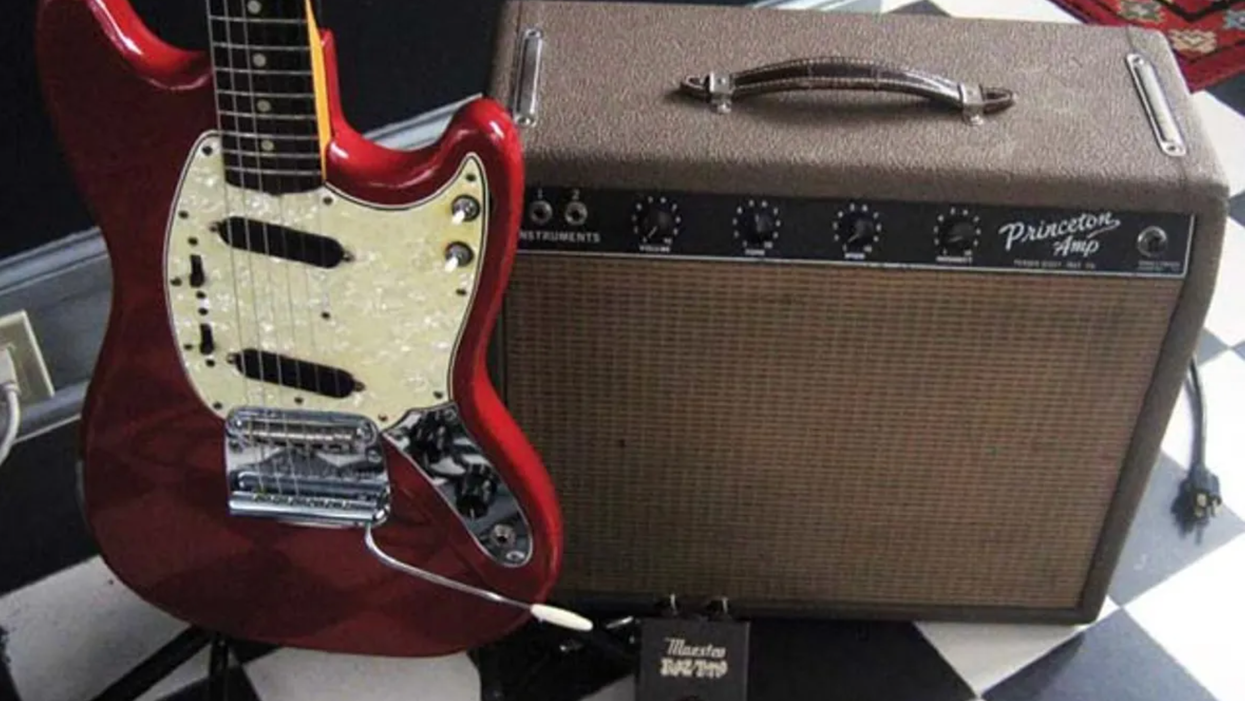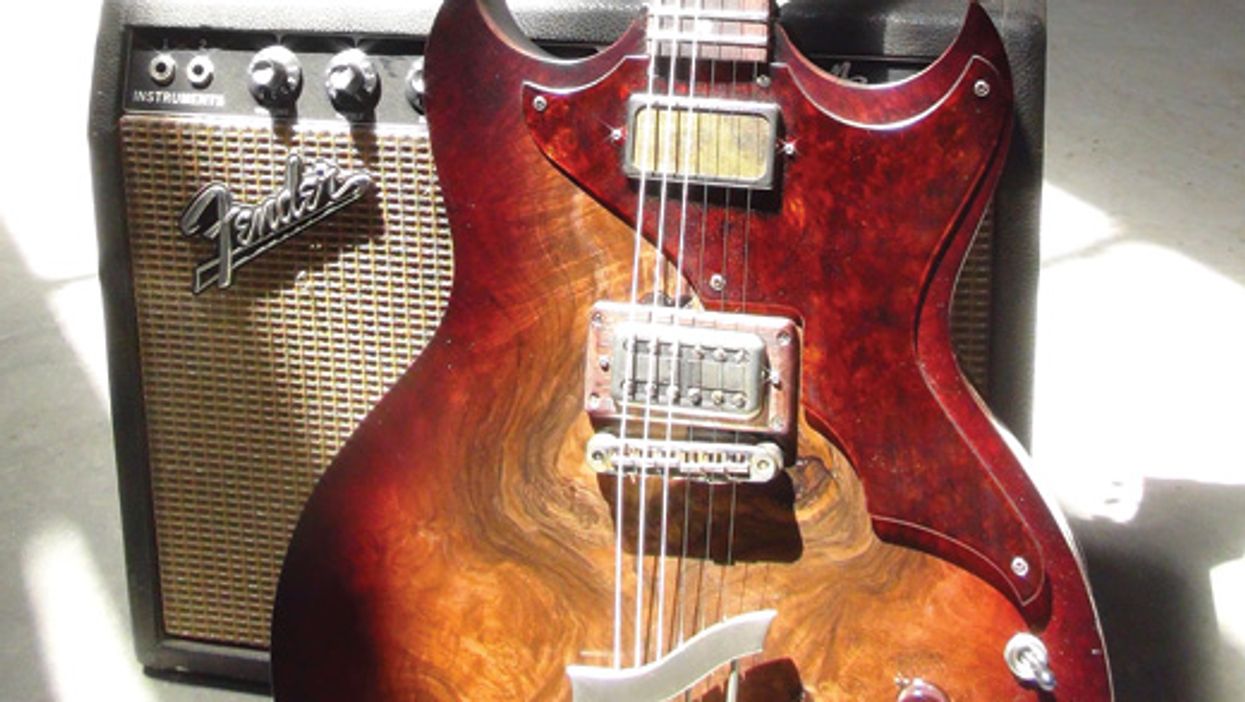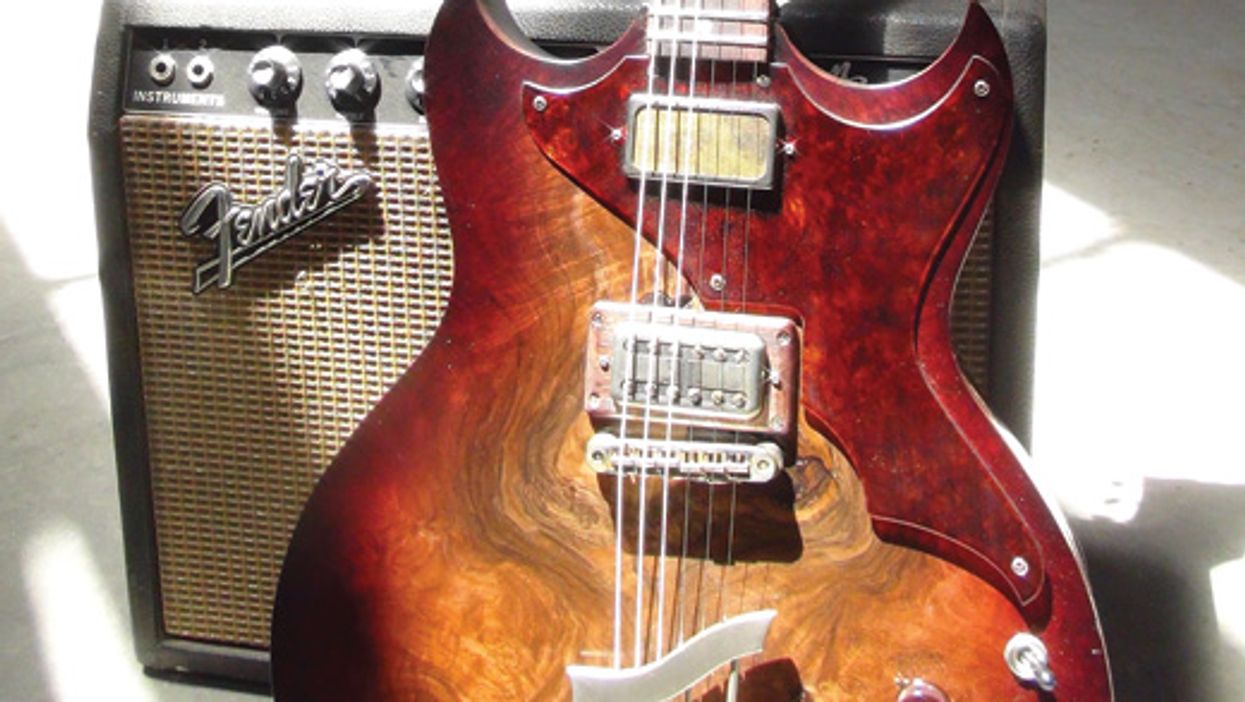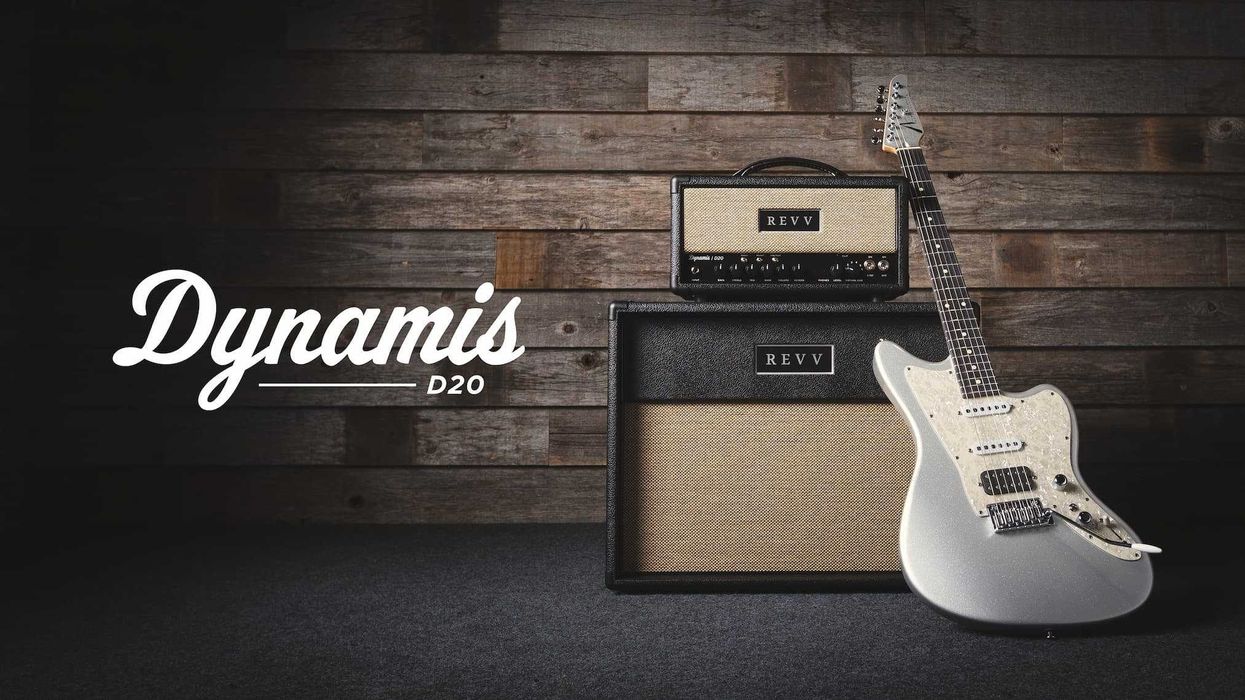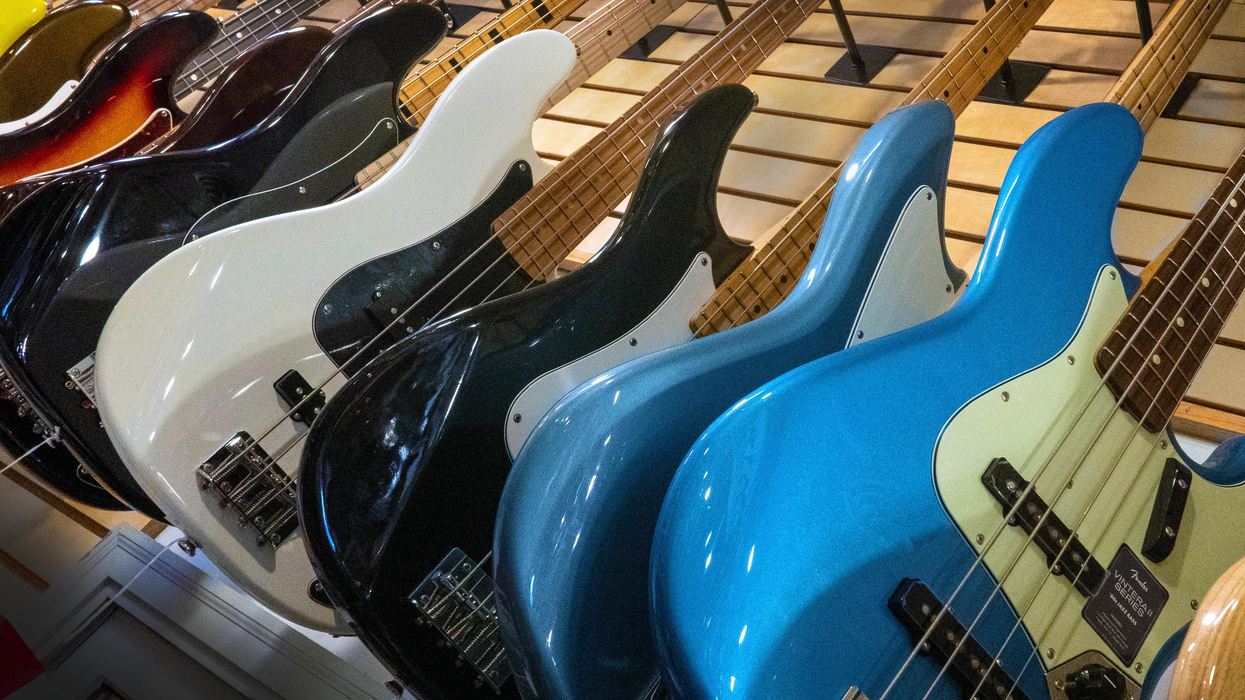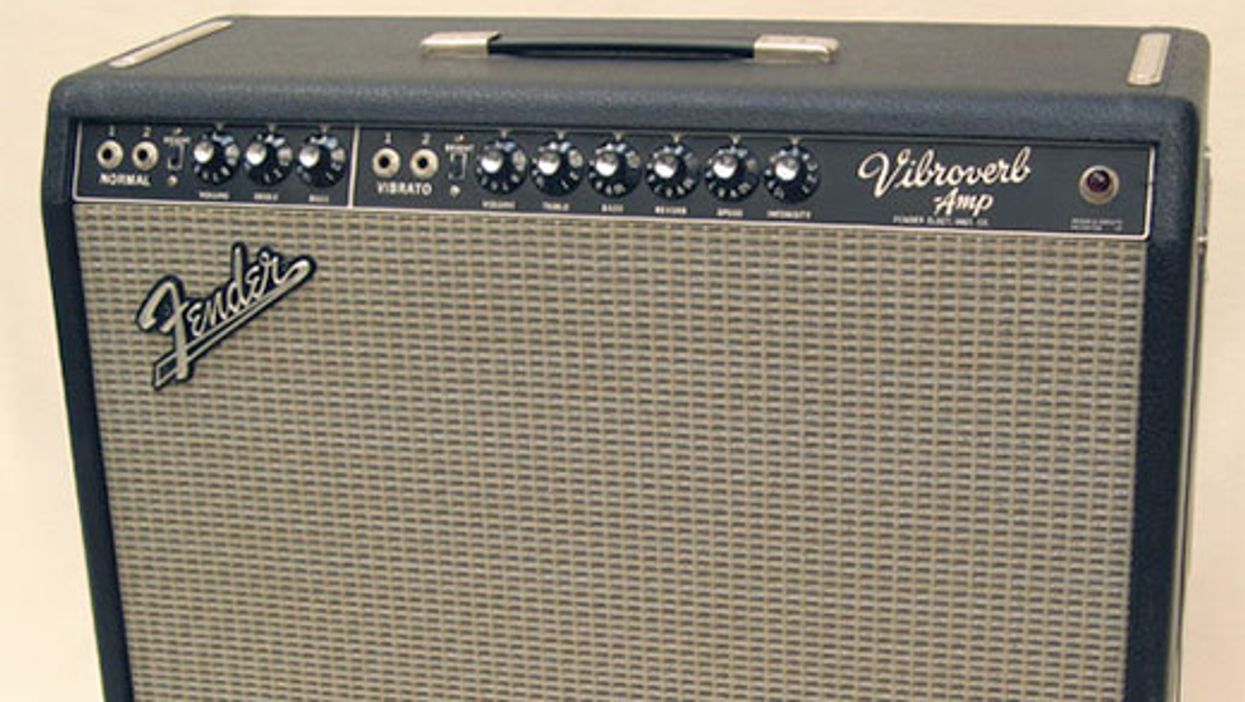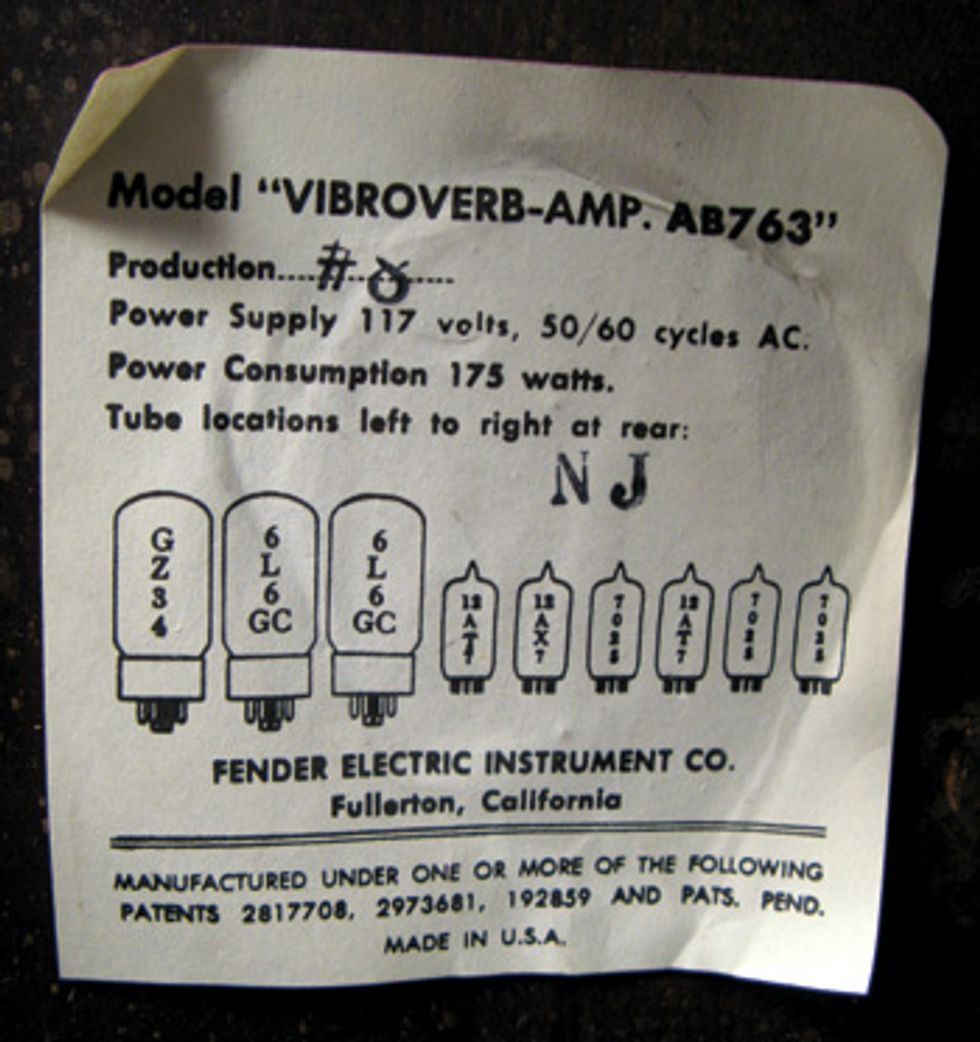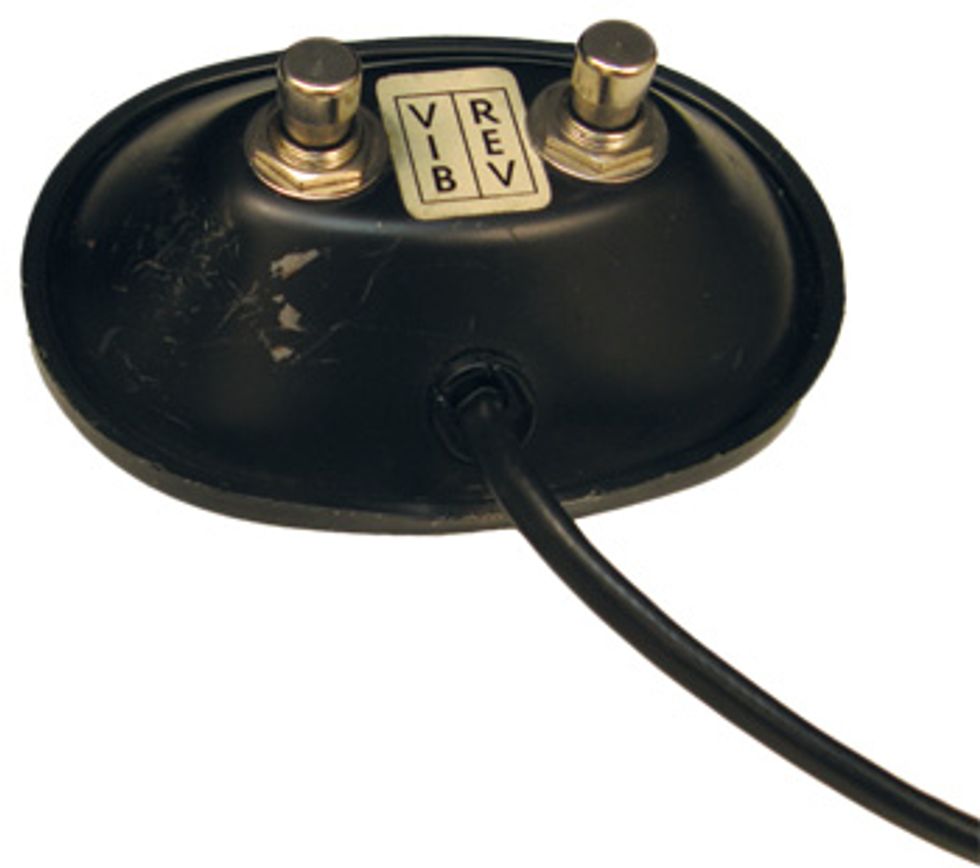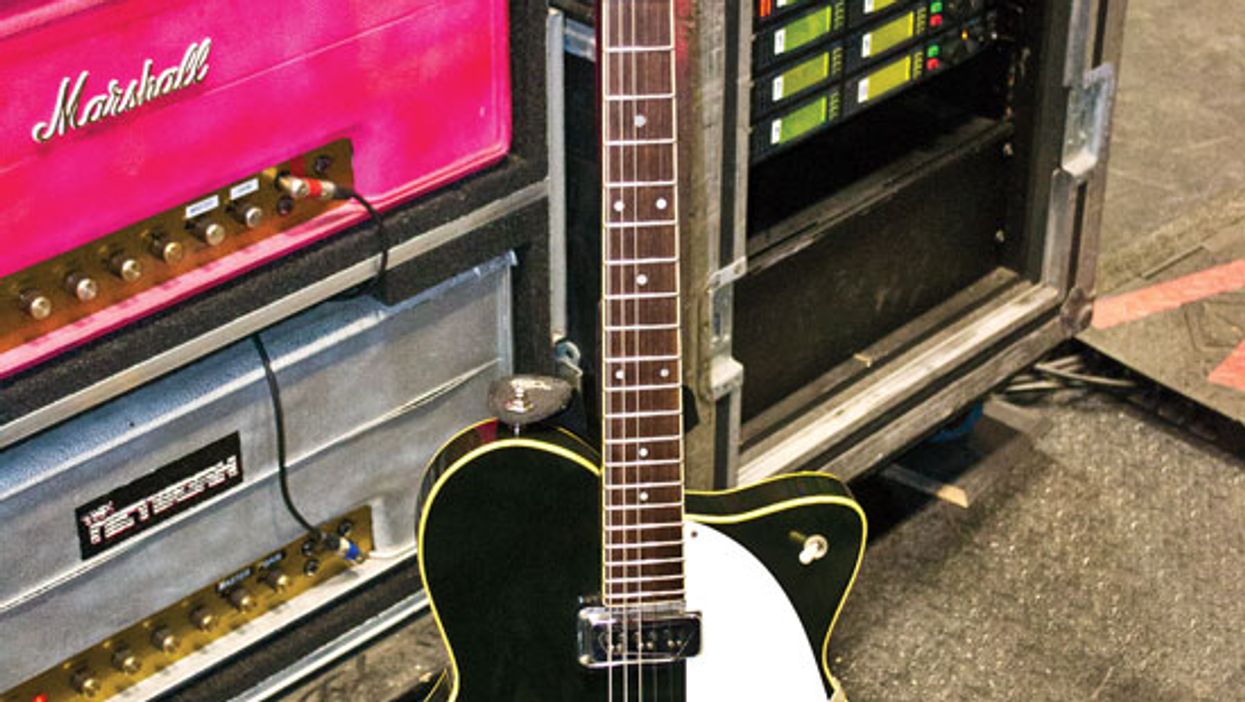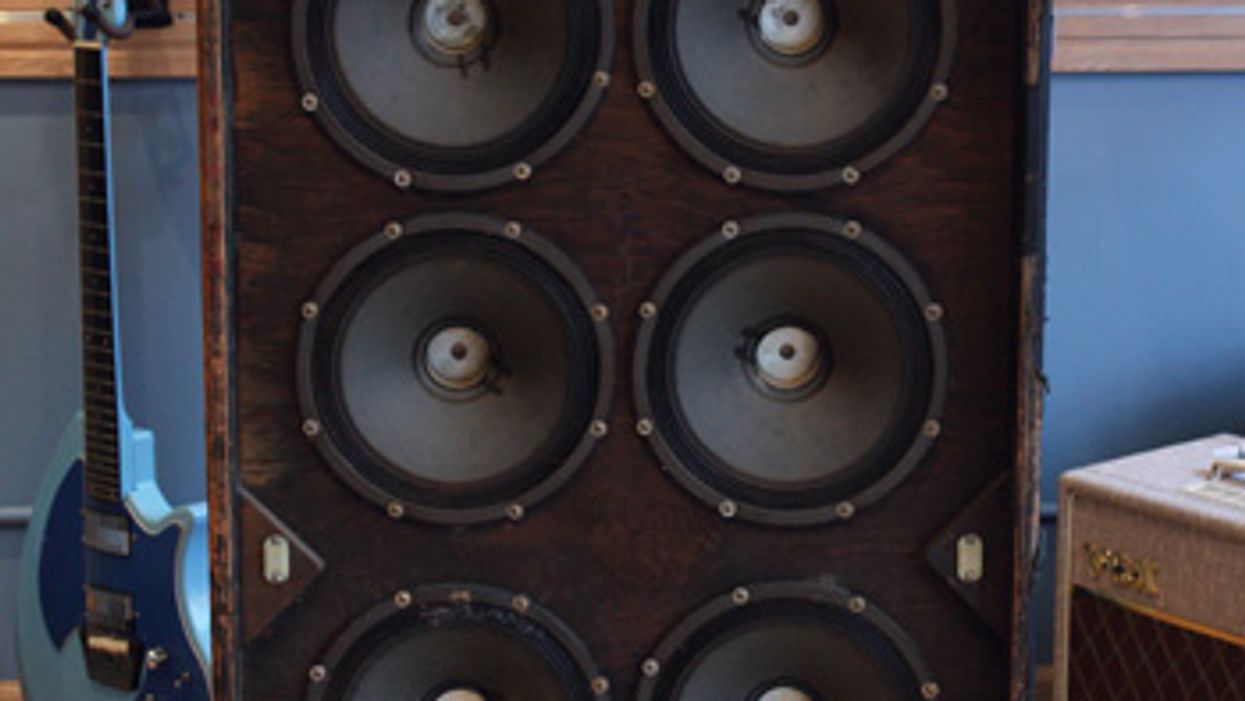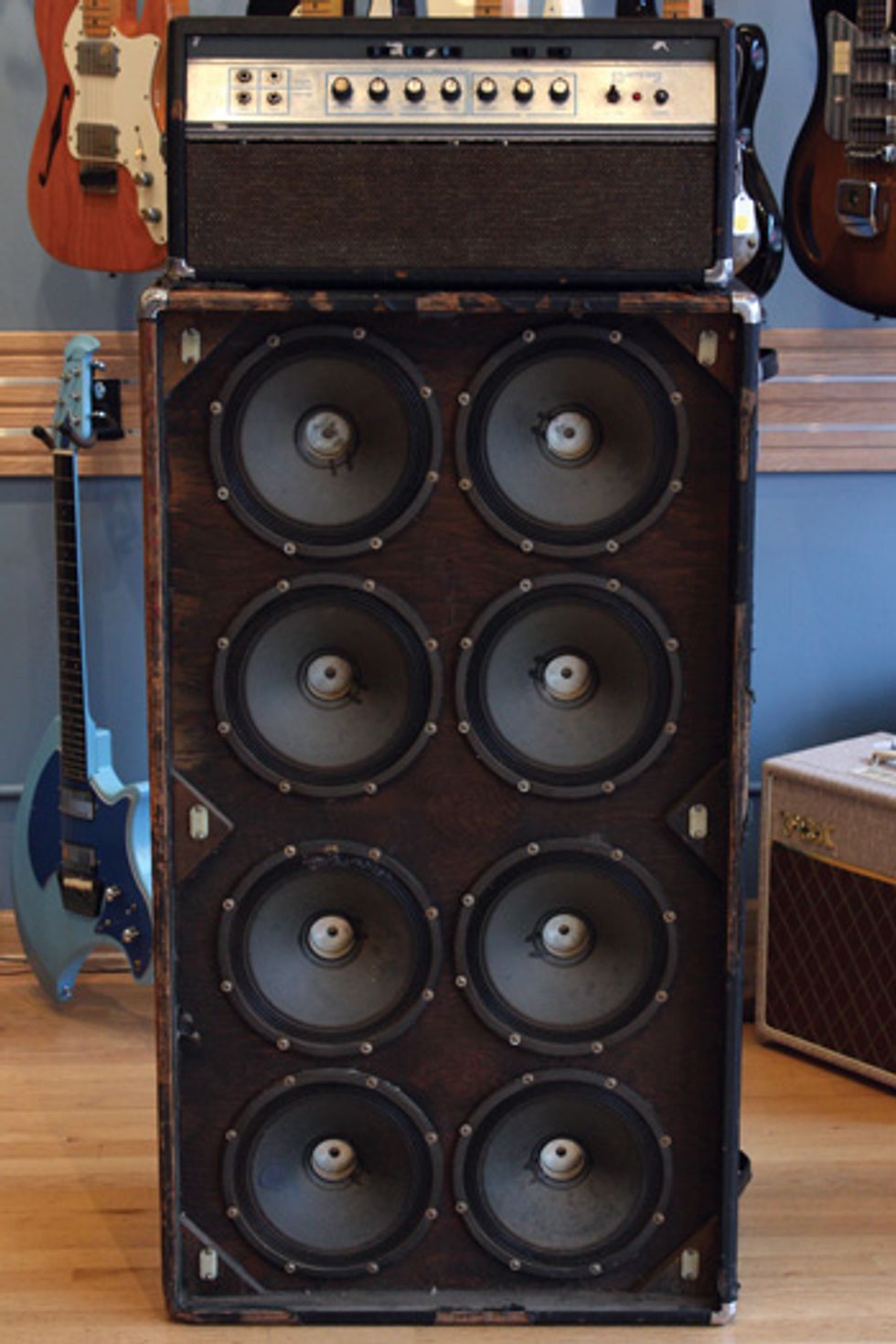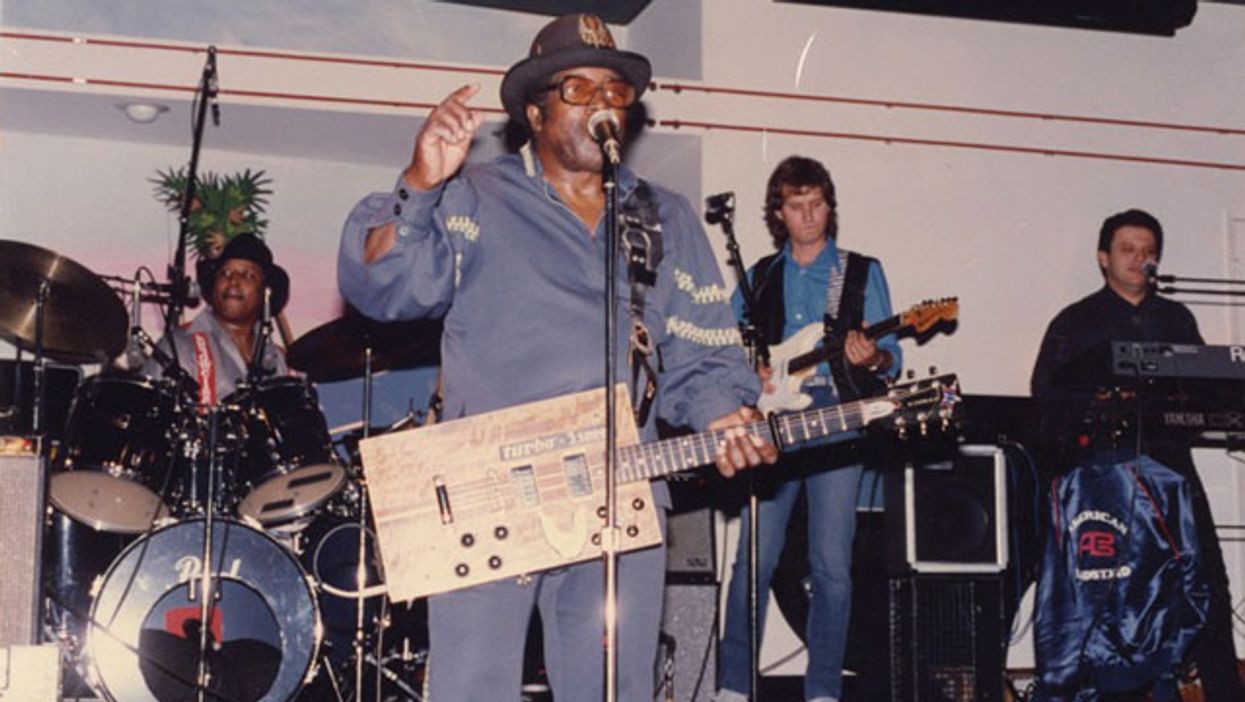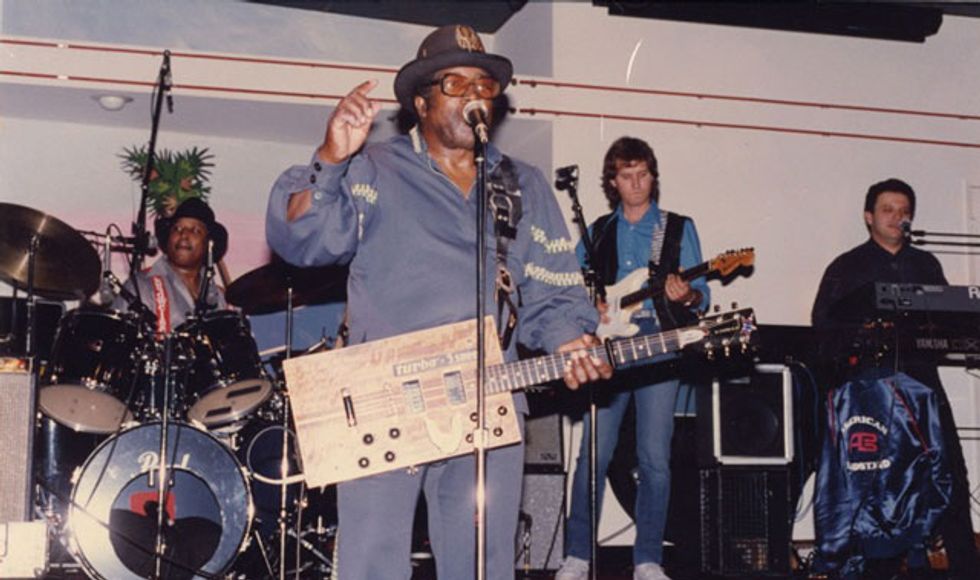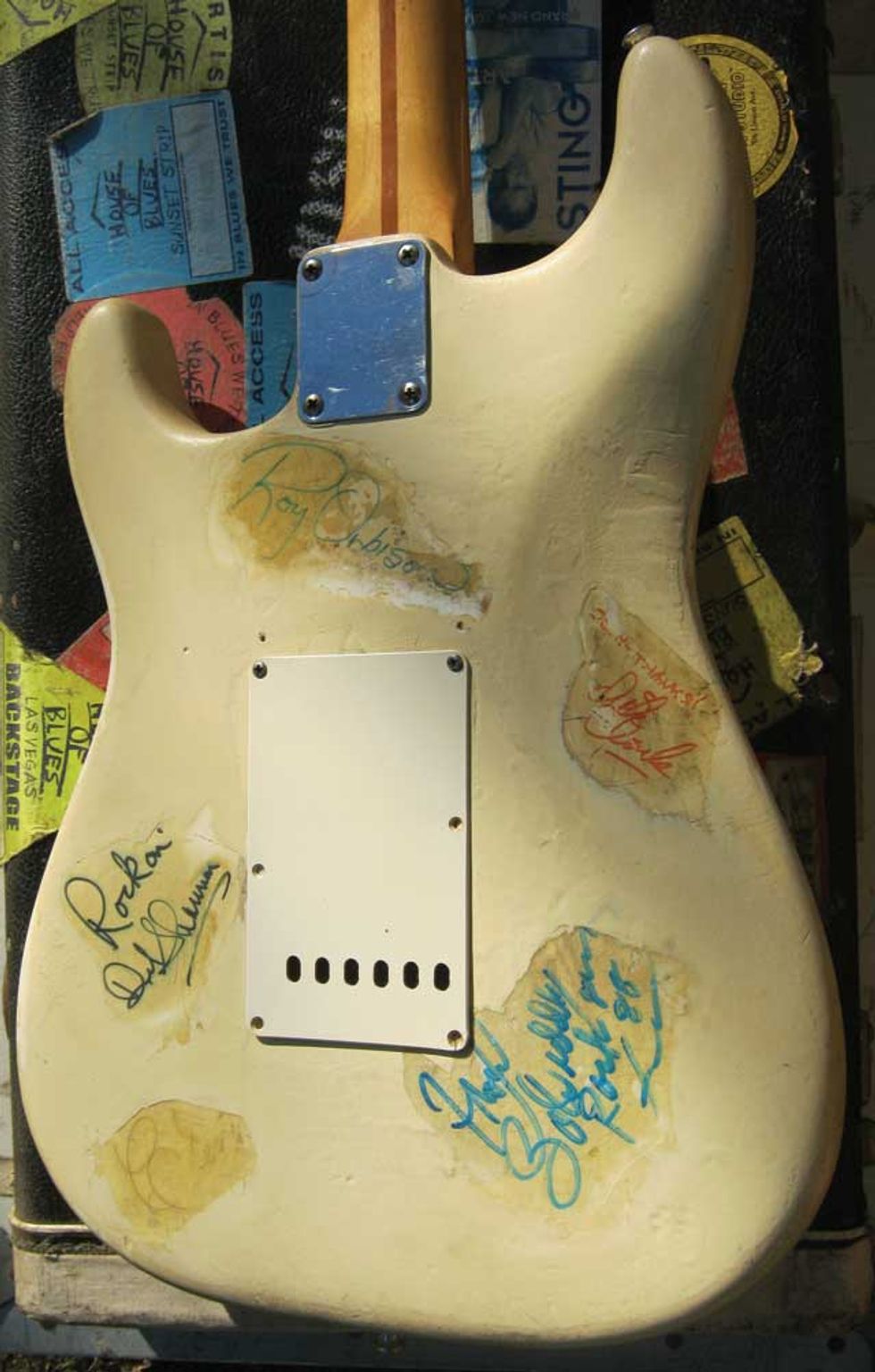All guitarists start somewhere. Some are initially better equipped than others (a plastic Tyco Hot Lixx toy versus a family-owned, hand-me-down Martin, for example), but all that matters is that the guitar-playing bug bites them. If they’re lucky, it’s a lifelong illness that spawns a recurring condition: GAS (Gear Acquisition Syndrome). During a guitarist’s life, guitars, amps, pedals, and accessories are bought, sold, traded, lost, stolen, and broken. However, that first real rig often holds a special spot in a player’s heart, and in the case of guitarist Brook Hoover, it was because his seminal setup sounded so good.
“As a teen, I worked on my grandparents’ farm walking beans and earned enough to buy my first electric guitar in ’75 or ’76,” remembers Hoover, who plays guitar in a surf rock/rockabilly band called the Surf Zombies, operates a home studio, and teaches guitar lessons. “The first one that showed up in the want ads was a red Fender Mustang much like this one—I was attracted to the white pearloid pickguard, whammy bar and shiny chrome.”
Unfortunately, Hoover sold his first Mustang in ’77 to a friend so he could upgrade to a Gibson SG, but he recently got his paws back on a similar red Mustang (shown here) to bring his first rig full circle. This ’66 Mustang features a double-cutaway asymmetrical ash body—similar to a ’60s Musicmaster—bolt-on maple neck, rosewood fretboard, and a 22-fret, 24" scale length (a smaller 21-fret, 22.5" option was also available). The ’stang also has a floating bridge/vibrato with bridge cover and two slanted single-coils.
Shortly after acquiring his first mid-’60s Mustang, Hoover got his first real tube amp: a ’61 Fender Princeton. Lucky for Hoover, the price tag for the Princeton included a Maestro Fuzz-Tone—a favorite of Keith Richards and Pete Townshend—that was found lying in the cab. The brownface Princeton has a single 7025 dual triode in the preamp, a 12AX7 dual triode—one half operates the tremolo and the other half serves as a split-load phase inverter—and two 6V6GT power tubes. The Princeton’s front panel only has four controls—volume, tone, speed, and intensity. The “Satisfaction”-in-a- box is built with germanium transistors, runs on a 1.5V battery, and has only two controls—volume and attack.
“When I was a youngster, plugging into that rig was a sonic adventure. I learned the sounds of blues, rock, disco, pop—anything that was on a record, 8-track, or radio, I tried playing through that setup,” recalls Hoover. “The shimmering twang, whammy bar acrobats, and gross, crackly fuzz set the stage decades before starting my current band the Surf Zombies. I just got this ’66 Mustang a few months ago, but I already know that matching it with my old Princeton and bristly fuzz will inspire many more hairy, surf instrumentals.”
A special thanks to Brook Hoover of the Surf Zombies for the opportunity to feature these fine pieces of gear and their story.
[Updated 2/24/22]
